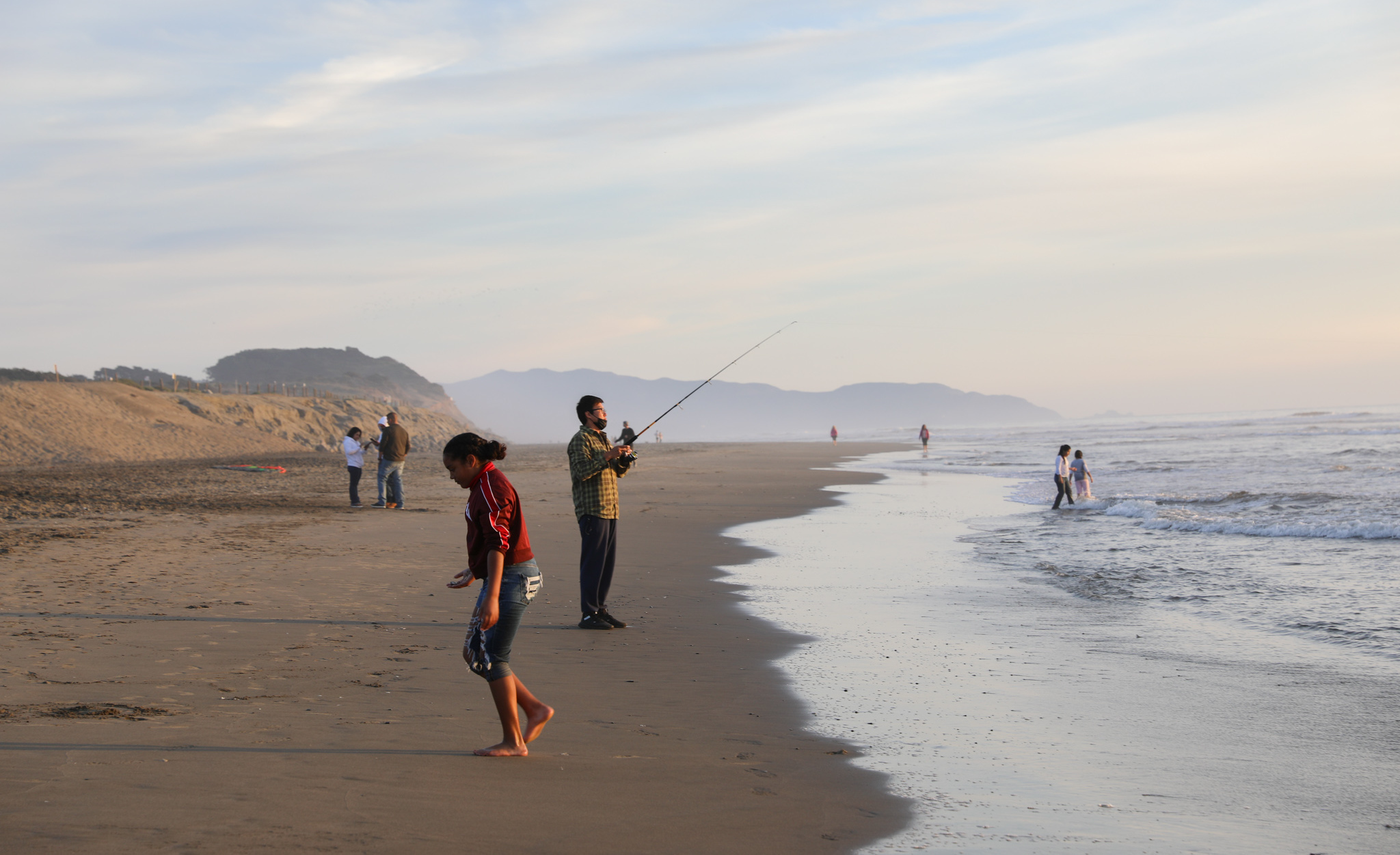
11 • 07 • 2022
VICTORY - San Francisco Votes No on Prop I
The 'No' vote will allow the City to continue planning to retreat the Great Highway Extension
San Francisco Surfrider has been advocating for more than a decade to restore Sloat, an area of South Ocean Beach that has long been the focus of coastal resilience efforts because of the clear threat of sea level rise to many valuable area assets; including a popular beach, the Great Highway Extension, and a major wastewater treatment plant. After ten years of planning, the City is nearing the final design stage of a plan to retreat the Great Highway Extension as a way to make room for a nature-based project in the area.
Prop I, a measure in the 2022 local elections, would have dismantled this project. Prop I focused on expanding vehicle access to JFK drive, the Great Highway and the Great Highway Extension and would have specifically called for the Extension to remain open 24/7. South Ocean Beach is an erosion pinch point, and leaving the road in place would have taken away space needed to complete a coastal resilience project. According to the SF Controller's Office, it would have also required the construction of a massive seawall to protect the road, which would have:
- taken up a half mile of precious beach space
- acclerated erosion further and sped up the loss of the beach
- cost taxpayers $80 million
In working with many other local organizations including Community Access SF, Surfrider is excited to get back to focusing on getting the best possible coastal resilience project at South Ocean Beach. We support the City in focusing on an urgent need for a managed retreat project in this area, but community input is still needed to maximize opportunities to restore and protect the beach.
The City's current 'preferred alternative' for an adaptation project in South Ocean Beach includes a seawall (to protect the Wastewater Treatment Plant at Sloat Boulevard and the Lake Merced Tunnel) that is meant to be buried by what is essentially a large sand berm. Unlike the City, Surfrider does not consider this a 'dune' project — dune systems are a preferred type of nature-based solution because of their many co-benefits; including their especially valuable ability to self-replenish sand and provide a buffer to storms. What the City is proposing will instead require a lot of proactive maintenance and is essentially a version of traditional infrastrucure that has some added co benefits. A concrete wall is a wall by any other name, but in being covered by a sand slope it can at least still facilitate beach access and be covered with vegetation to provide habitat for birds.
Surfrider is actively exploring ways to make sure this project sets an example for how the beach can best be preserved while acknowledging a priority to protect critical infrastructure from sea level rise. The City's current design proposal is recorded as the preferred alternative in its Environmental Impact Report, which is undergoing CEQA review. Surfrider expects to be actievly engaged as it goes to the Coastal Commission for review in Spring of 2023.
For more on why we urged San Franciscans to Vote No on Prop I, check out our op-ed in the San Francisco Chronicle.
